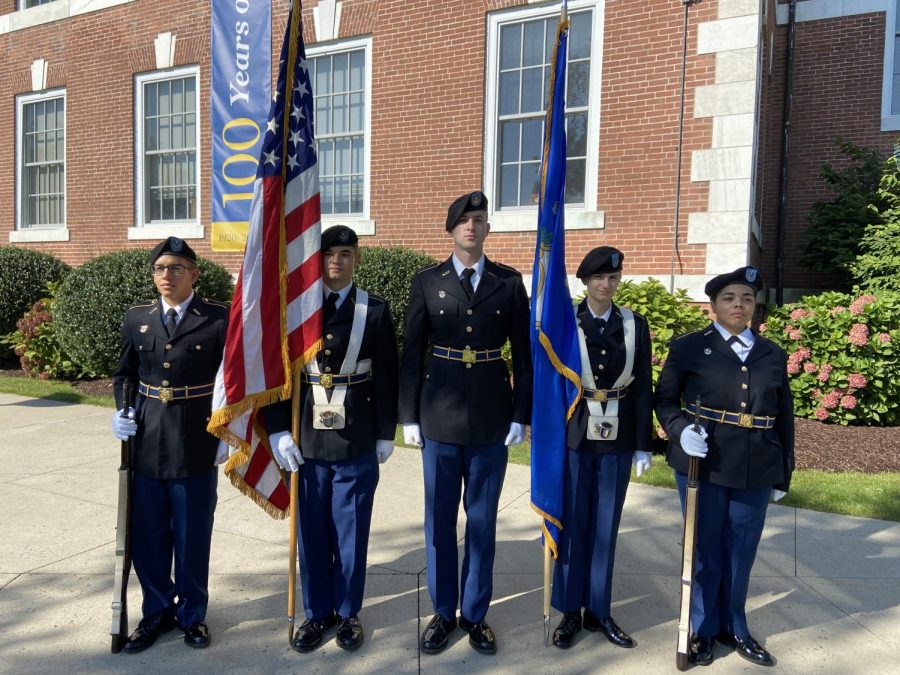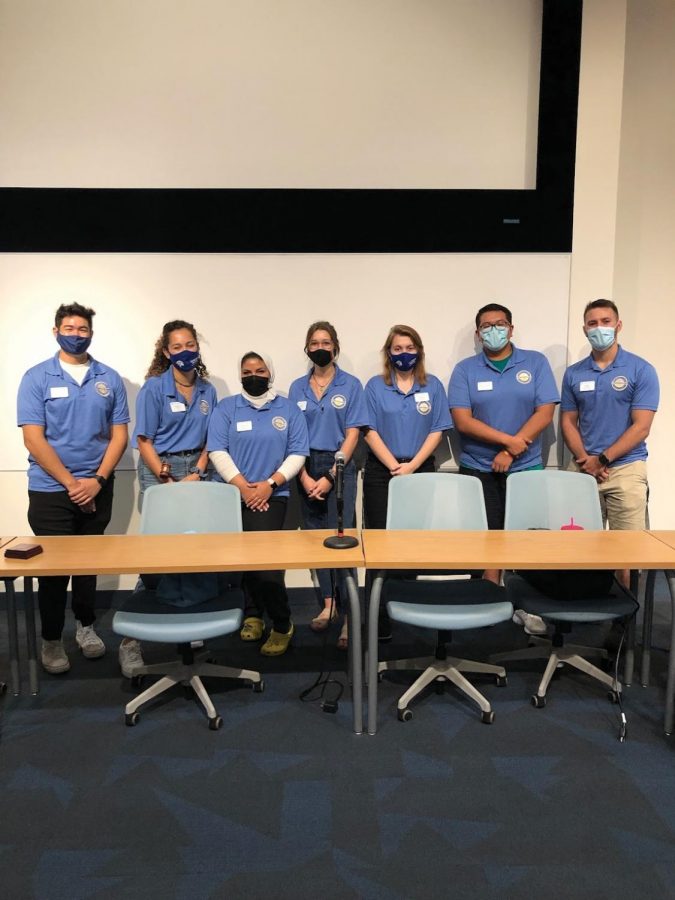You are looking out the window as you drive past your new home. You see a lot of
strangers, tall buildings with elaborate features, families there for the same reason you
are, and the grocery chain that will be your new local store. You think about all of the
years you have spent where you grew up, the friends you have made, the family you love,
the school where you developed into who you are, and you do not see any of it. You do
not think about how you need all those things, rather that they were all memories and
you’re bound to make new ones. You have to, right?
Little do you know, these feelings will not go away. You will miss your family when you
need them most. You will want your old friends on a Friday night. You will think about
the teachers that you came to know. And, you are not the only one.
“It’s a natural set-up for quite a bit of anxiety and even overwhelming anxiety in some
cases,” says Dr. Charles Anderson, Director of Counseling and Psychological Services at
the University of New Haven.
Anxiety and depression are the two most common mental illnesses in college students,
although the trend does shift over the years.
One of the factors contributing to the difficulty of a mental health condition is the
stigma around this area of illness. Although not much different from other kinds of
illness, mental illness is treated as less important than physical illness. Thus, it makes it
less encouraging for people to seek help for these problems.
“As more of us share our experiences, then the stigma starts to reduce, as we understand
that this is a shared experience and this is what is part of being human,” said John
McPhee, CEO of the JED Foundation.
New studies are showing that mental health risks are most common between the ages 18
and 24. A report from the National Alliance on Mental Illness shows that 75% of mental
health conditions form between these ages – the exact same time most students are at
college. The report also finds that 1 in 5 young adults are living with a mental illness
today, with suicide ranking as the second leading cause of death among ages 15 to 24, as
confirmed by the JED Foundation.
“We [The JED Foundation] know how critically important it is that the right type of
safety net is being set up around a college student as they embark on this new journey in
their lives,” says McPhee.
According to the JED Foundation, a non-profit dealing with mental health in teens and
young adults, over half of college students will go through a period of time with high
anxiety and one third of college students will experience some level of depression.
NAMI is looking to outline the fact that mental illness is common, there are warning
signs for it, individuals should seek help when they need it and also learn about privacy
laws when sharing information. The most important thing NAMI tries to encourage is
starting a conversation about mental health within families before a student goes off to
college.
“We need to have conversations more often, because mental illness is the biggest public
health issue that college students are not talking about,” says Gilliberti.
There are currently a lot of conversations about controversial topics like alcohol abuse
and sexual assault, but not enough conversation about mental health.
When talking to student leaders in all three divisions of the NCAA, Dr. Brian Hainline
discovered that the unanimous concern was mental health, and they asked him to make
it his priority as Chief Medical Officer.
“We discovered that student athletes have different stressors that make them more
prone to other types of mental conditions,” he said.
The NCAA has worked for the past three years consolidate different information on
mental illness to help colleges and universities support student athletes with mental
health conditions. Dr. Hainline’s personal task force put together a book called, Mind,
Body and Sport, which has been distributed to every NCAA school. The book goes over
the best practices for dealing with mental illness for both coaches and students.
Hainline has also put a focus on the protocols used by schools to treat students and
student athletes with mental illness. The association looked at the resources available at
universities to see if they could provide adequate healthcare to students, as well as
mental health education.
“If a student athlete is going to seek help for mental help, he or she has to feel like he or
she is in an environment, and that the coach is supportive,” Hainline said.
Mental illness not only affects a student’s academic performance and overall mood and
livelihood, but also their athletic performance.
The consensus across professional mental health disciplines is that the most important
and significant way to curb the stigma against mental health and provide the right type
of care and support for students is through conversation. Conversations have to start
early and have to encourage openness between a student and whoever they are sharing
with.
Dr. Anderson speaks to the parents of incoming freshmen every year before they start
their college life. In these talks, he tells parents to be open and honest with their
children.
“Make it clear that them getting the help they need is the most important thing. If you
want to share your own experience, that’s even better,” he tells them.
Through conversation, mental health can be a more widely covered topic, therefore
providing the best possible care and information to those affected by it.














